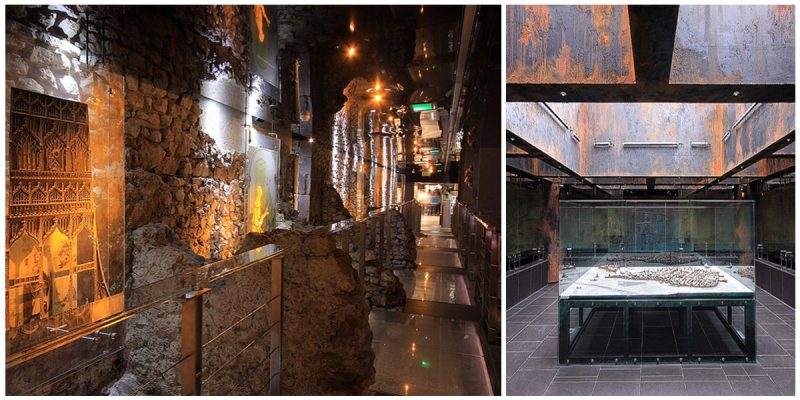After a team of archaeologists discovered and excavated underground tunnels under Krakow´s Main Market Square in 2005, the Rynek Underground Museum was created – an archaeological site of over 6,000-square-meters which opened its doors to the public for the first time on 24 September 2010.
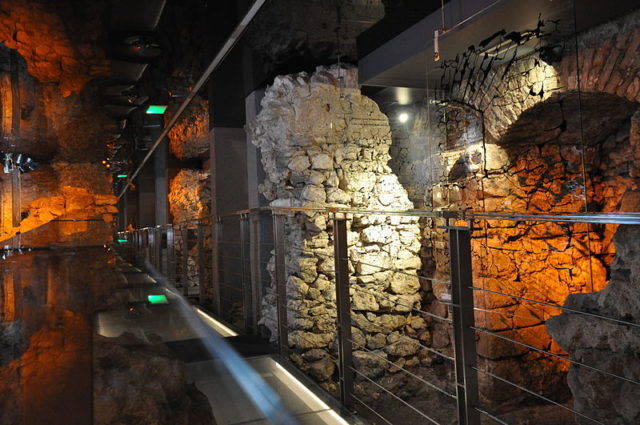
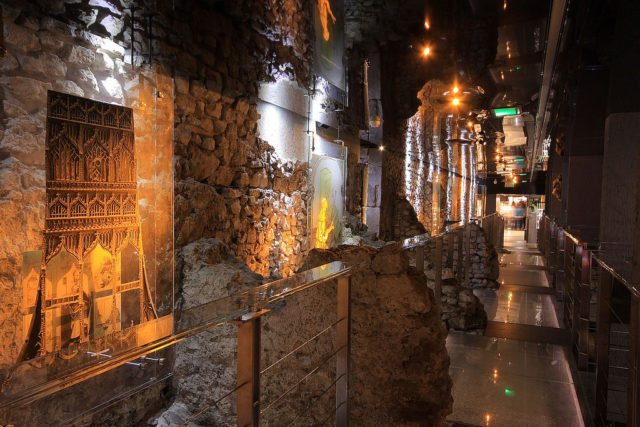
What was discovered was a treasure trove of items and structural remnants that paint a vivid picture of everyday commercial life in Kraków. The subterranean excavation of the square began in 2005, and uncovered not only the remnants of merchant stalls and various everyday objects — such as weights, coins, clothing, and jewelry — but also preserved stretches of medieval thoroughfares, remnants of a settlement that was destroyed by raiding Tatars in 1241, centuries-old aqueducts, and a cemetery showcasing some of the peculiar burial practices of the 11th century.
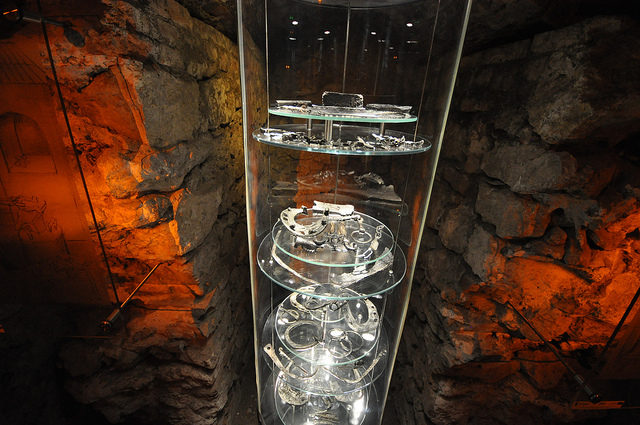
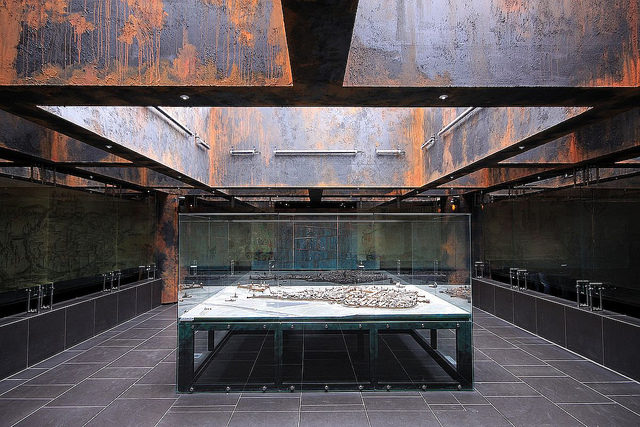
The hi-tech museum is subtitled, “In the Footsteps of Krakow´s European Identity” and plots the evolution of the city from its earliest settlements.
The museum was built to showcase this treasure trove of Krakówian history, and mixes the artifacts and restored archaeological sites with lasers, smoke machines, holograms, and six hundred three-dimensional models of everyday objects.
All via thirty-seven touch screens placed throughout to recreate the atmosphere of Kraków seven hundred years ago. Visitors explore the medieval exhibits by walking over glass gantries that hang over the area.
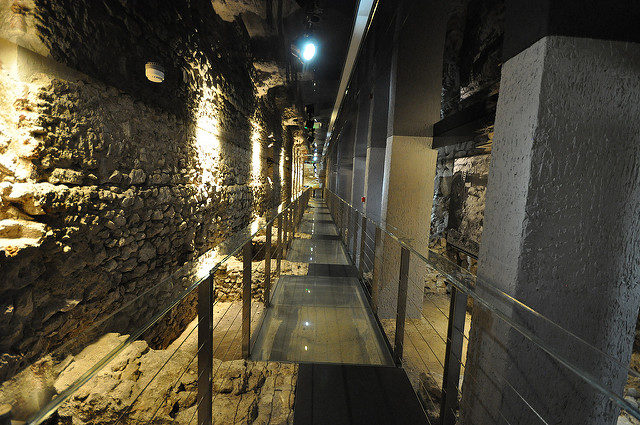
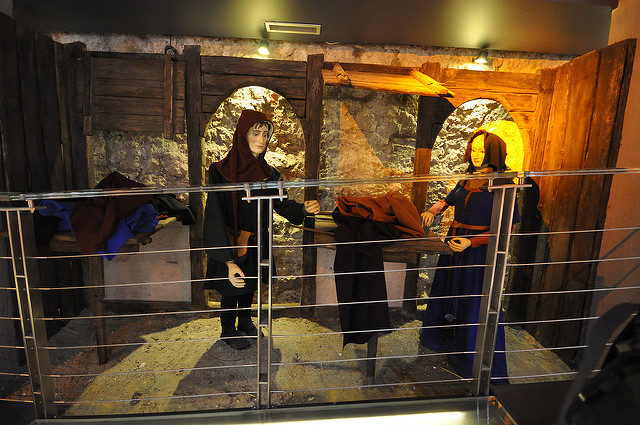
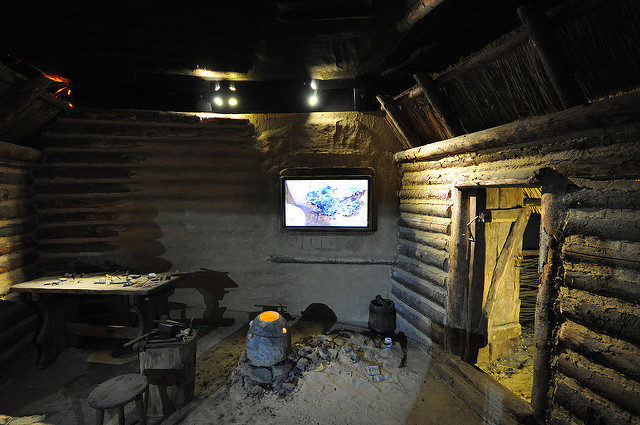
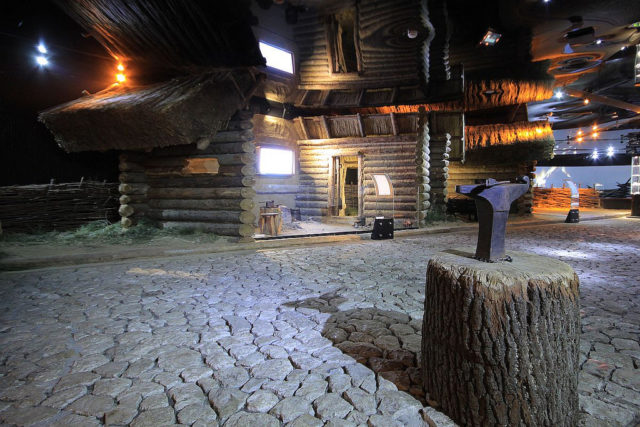
Visitors to Rynek Underground are first greeted by holographic 14th-century Krakovians projected onto a curtain of smoke, which is parted to reveal an immersive environment representing daily life in medieval Kraków.
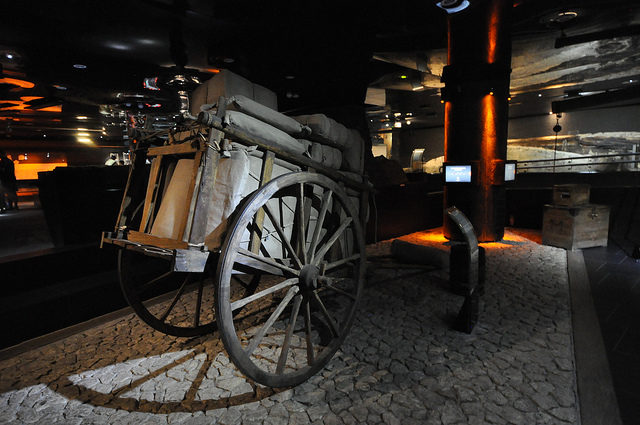
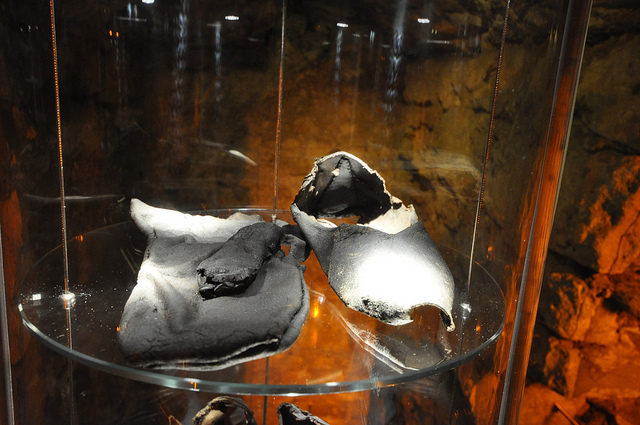
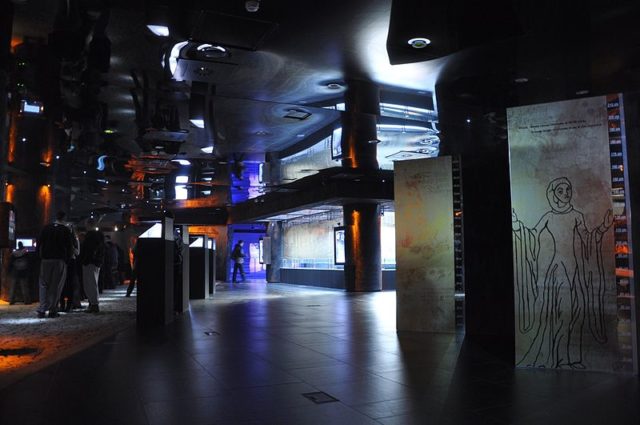
This part of the museum contains remains of medieval constructions, including: the remains of burned settlements, the oldest of which dates from the eleventh century, a reconstructed 12th-century workshop, former waterworks (aqueducts), a reconstruction of a medieval merchant’s stall and a map depicting distant trade routes among many others.
